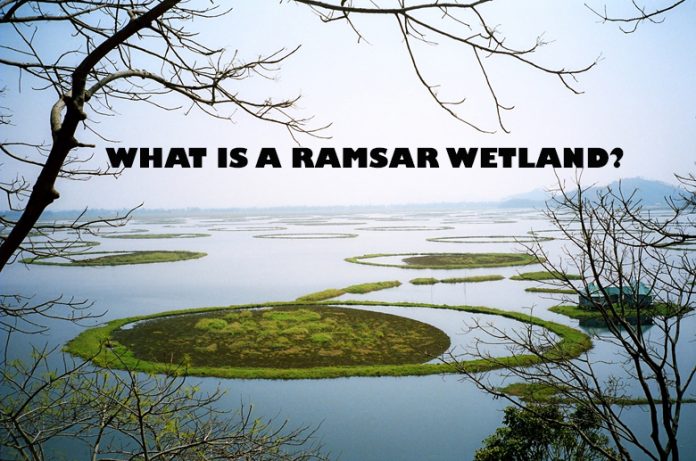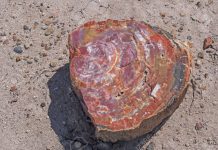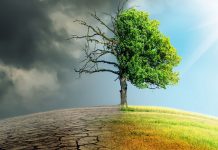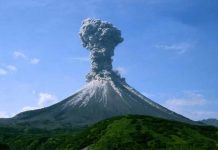The Earth has more than 750000 million hectares of wetlands. They are disappearing—people drain them, fill them in, pollute them, extract resources from them unsustainably, and otherwise alter their ecosystems.
All too often, wetlands are seen as unusable land—wastelands of no value that harbor pests. The Ramsar Convention on Wetlands exists to try to change the way people view and use wetlands.
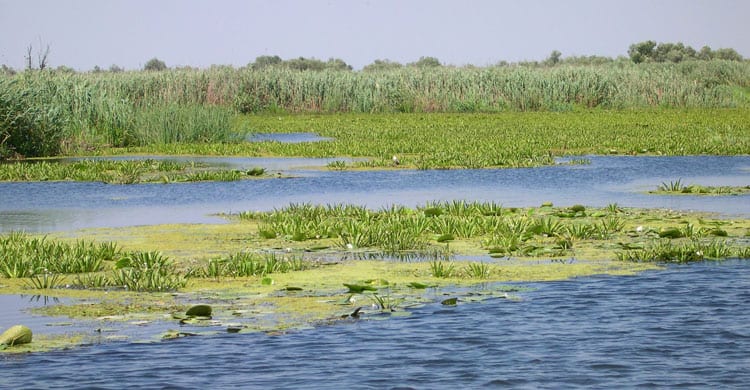
What is a wetland?
The term wetland has various interpretations. For the purposes of the Ramsar Convention, wetlands include any area, natural or manmade, for which the major feature is water, including marshes, bogs, river deltas, shallow marine waters, and mangrove swamps, as well as islands and coastal areas.
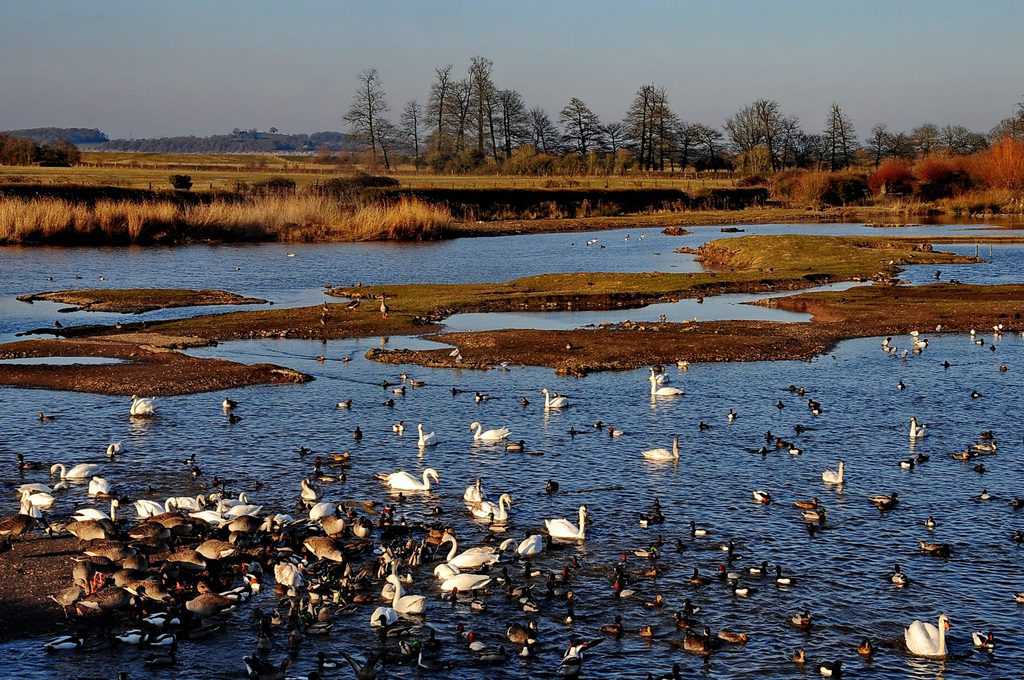
The key is water, which provides the main support for the plants and animals that live in the area.
Why are wetlands important?
Typically, wetlands abound with life. They support an abundance of species and provide stopping places for migratory birds that need safe locations to feed and rest. They also store and purify water, recharge aquifers, protect against coastal storm surges, provide water for agriculture, and have aesthetic and cultural value.
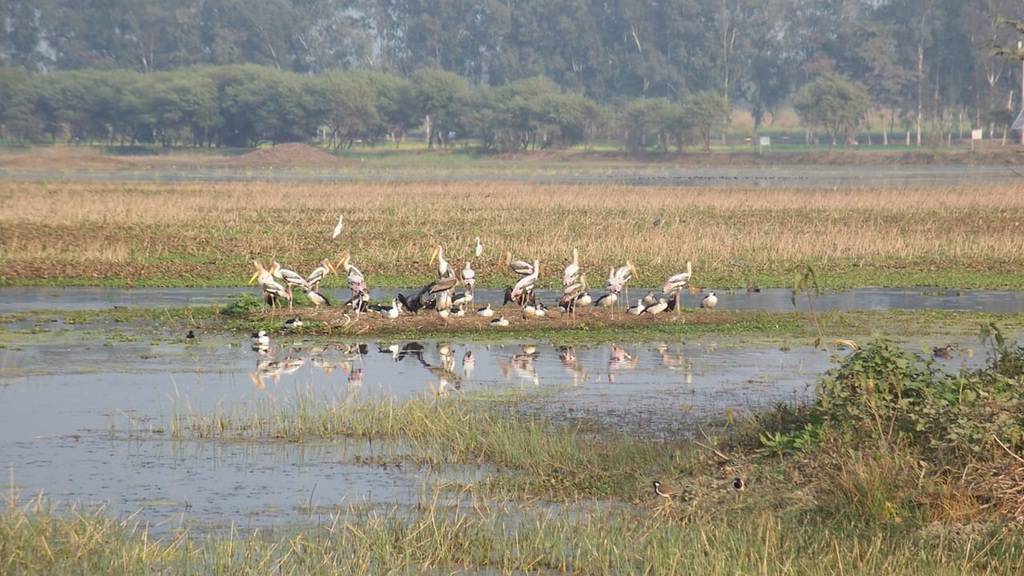
Slowly, people are realizing that wetlands are crucial to the health of the planet.
- What Is Aromatherapy Vs. What Are Essential Oils?
- What is La Tomatina in Bunol, Spain Like? What to Expect at the Famous Tomato Throwing Festival
What is a Ramsar wetland?
The Ramsar Convention on Wetlands, (so named because it was signed in Ramsar, Iran) was created in the 1970s by people who had begun to realize the importance of wetlands. Originally, the intent was to encourage the creation of refuges for water birds, but the focus has changed to wetlands conservation for the benefit of all species.
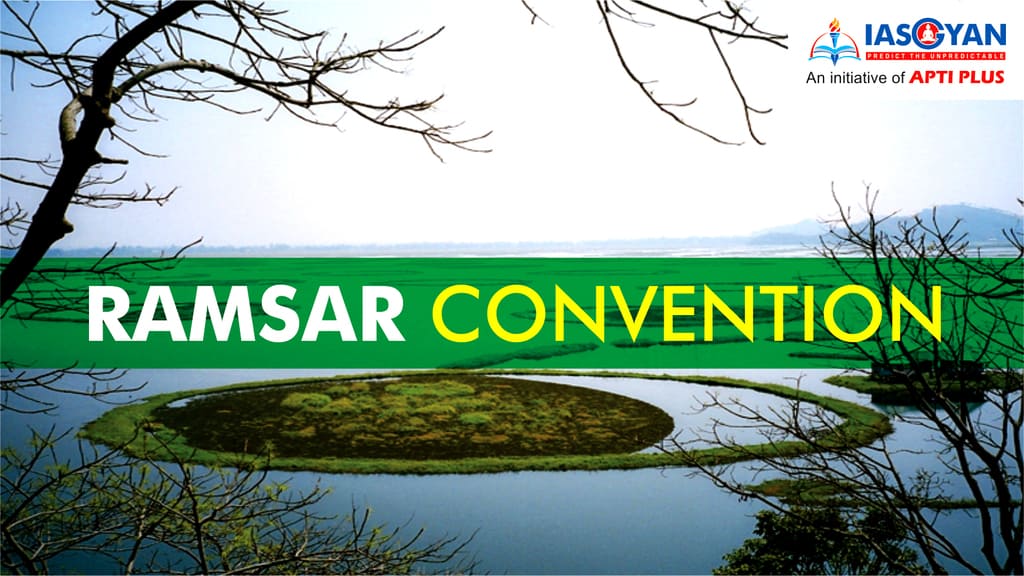
The convention was adopted in 1971 and came into force in 1975 with about 18 nations participating in its creation. One by one, countries have joined the global effort.
Countries that join the Ramsar Convention on Wetlands individually agree to:
- Designate wetland regions as crucial ecological areas and place them on the Ramsar List of Wetlands of International Importance.
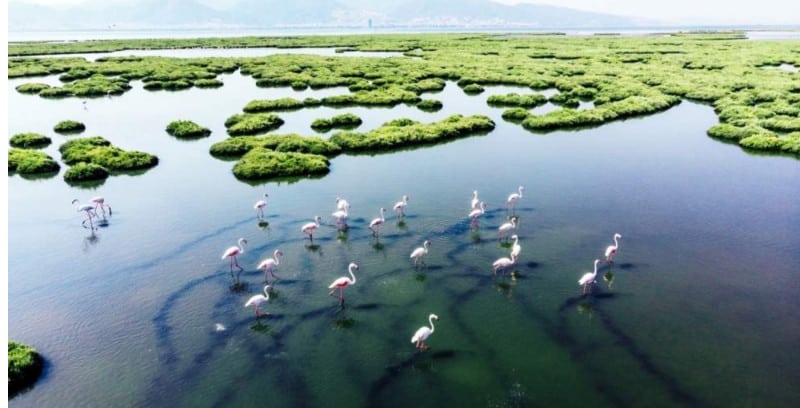
- Pursue wetland conservation and include management considerations in land-use planning.
- Create nature reserves and encourage research and training in wetland conservation.
- Cooperate with other countries in wetlands conservation and identification of important sites.
Today there are more than 1675 wetlands—more than 150 million hectares—designated as Ramsar sites in 155 countries around the world.
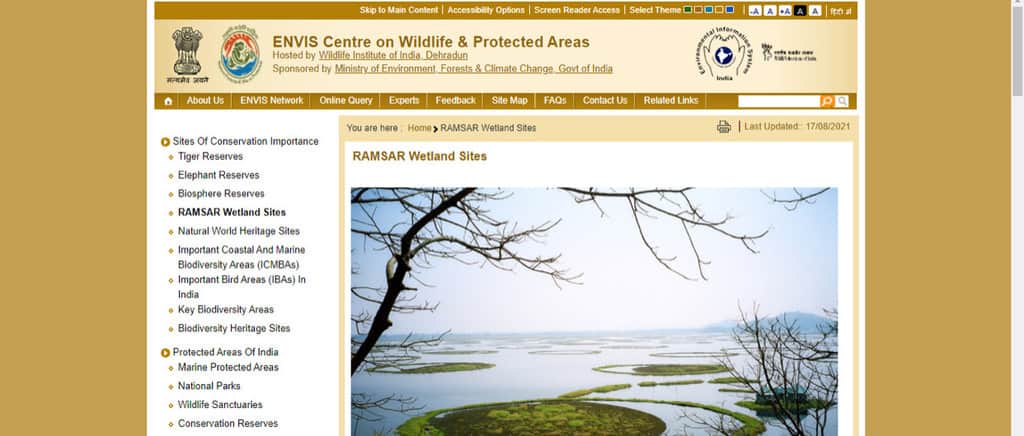
Some examples of sites are:
- Lower Dvoje in the Russian Federation—marsh and seasonally flooded plain, an important area for spawning fish and breeding birds, some rare bird species are found here, and it is a bird staging area.
- Denmark’s Wadden Sea, mostly shallow marine coastal water, which is a vitally important area for birds, including some rare species, and also supports fish, sea mammals, and invertebrate species.
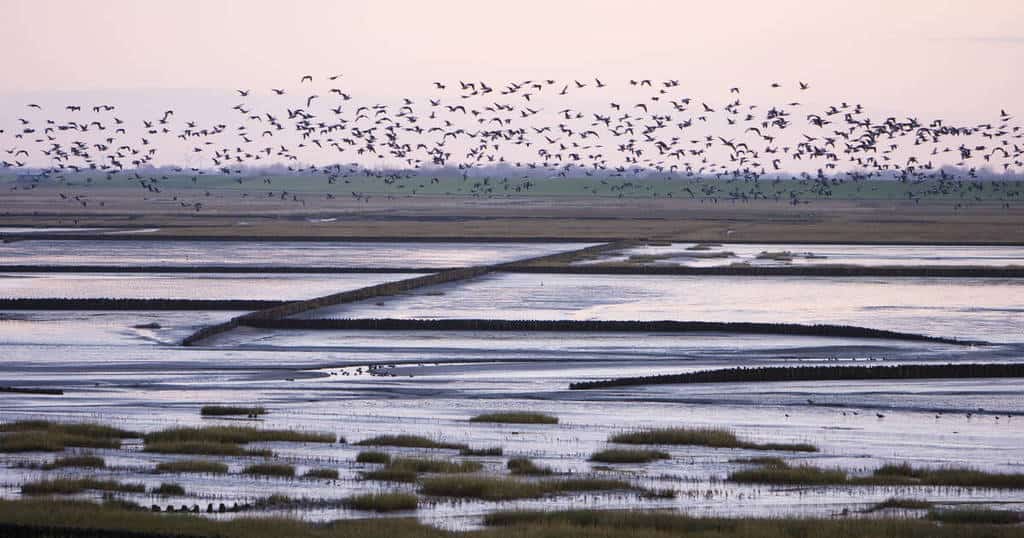
- Lake Natron Basin in Tanzania, including the alkaline Lake Natron: the breeding site for 75% of the global population of Lesser Flamingos.
- Everglades National Park in Florida, United States—varied wetlands: mangrove swamps, tidal wetlands, shallow marine waters, marshes, pools etc. The Everglades are crucial to innumerable birds, reptiles, mammals, invertebrates and plants, many of which are endangered.
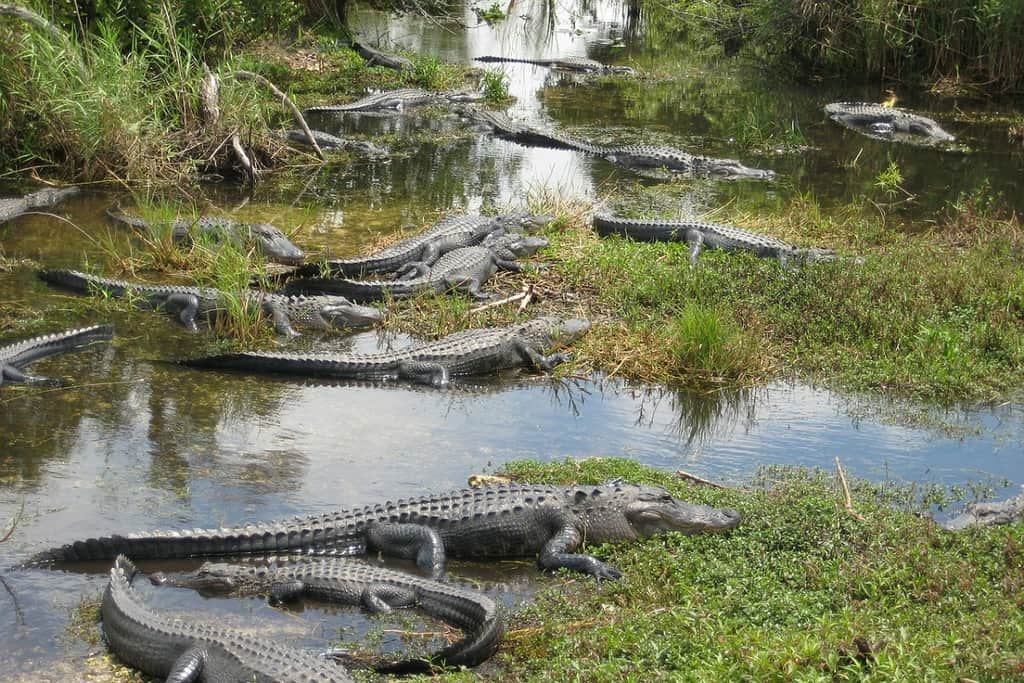
- Polar Bear Pass in northern Canada, mostly tundra wetlands, home to breeding birds, marine and land mammals, and invertebrates.
- Lagos Poopo y Uru Uru in Bolivia—seasonal and permanent brackish and fresh water marshes. This is an important area for birds, fish, mammals and plants, some of which are rare.



